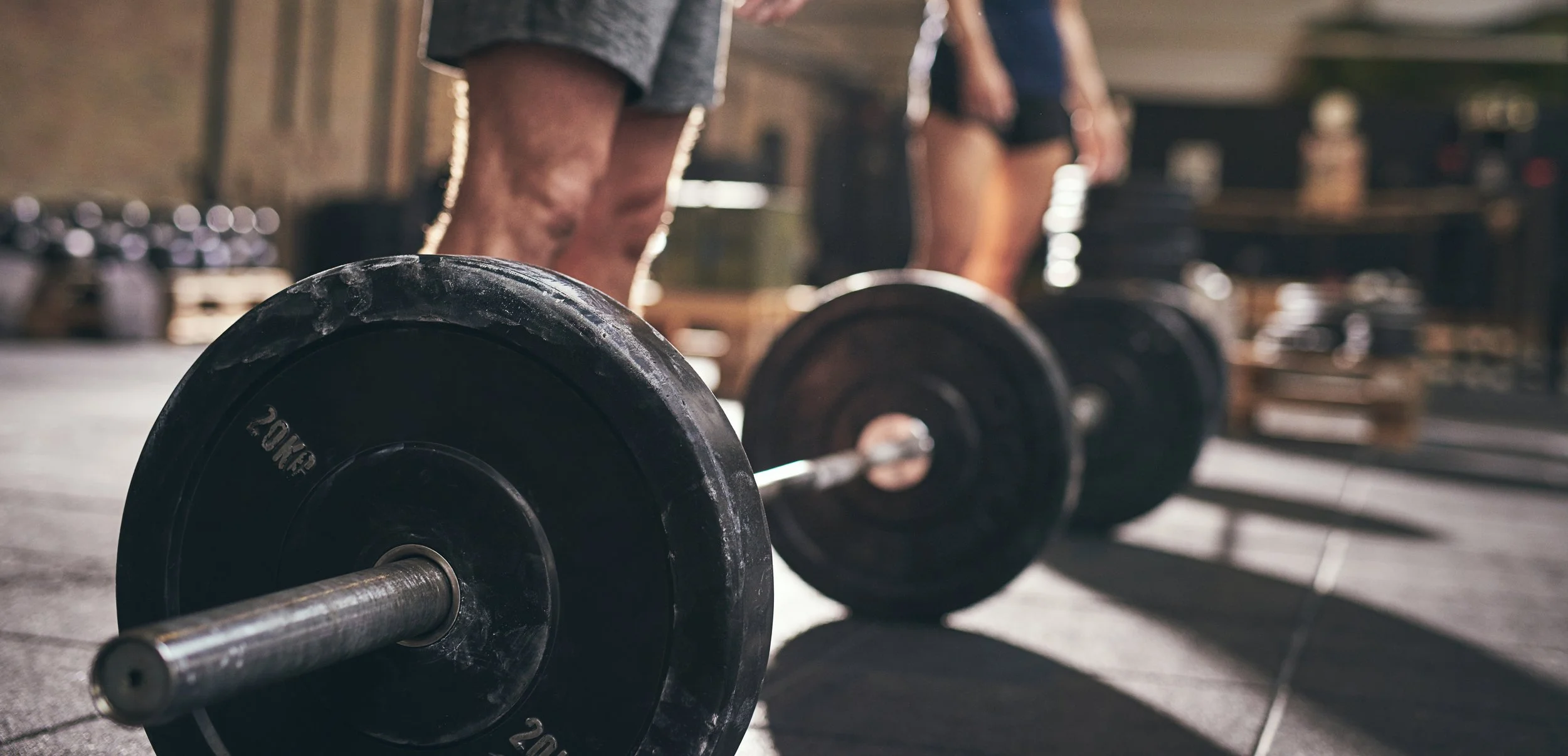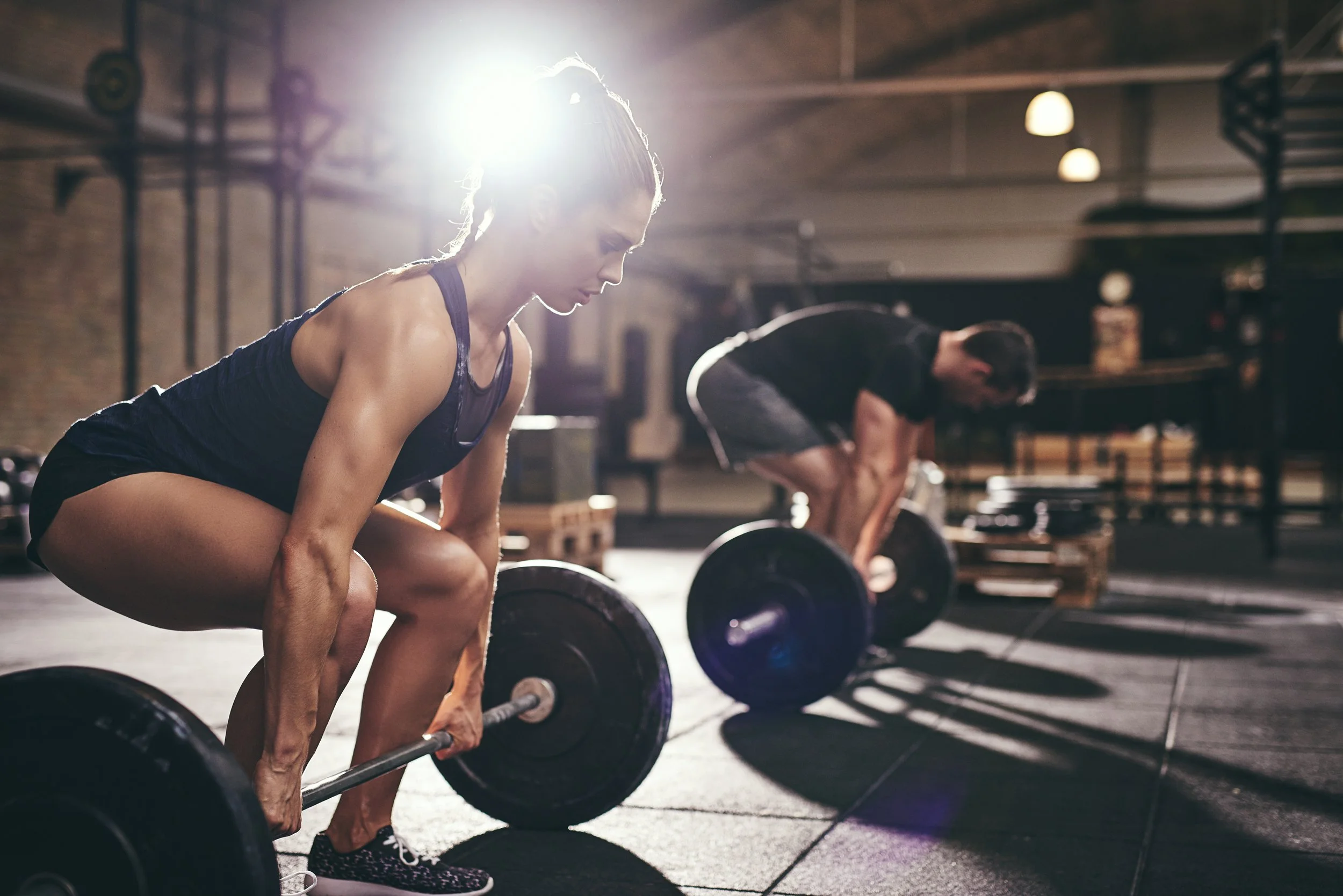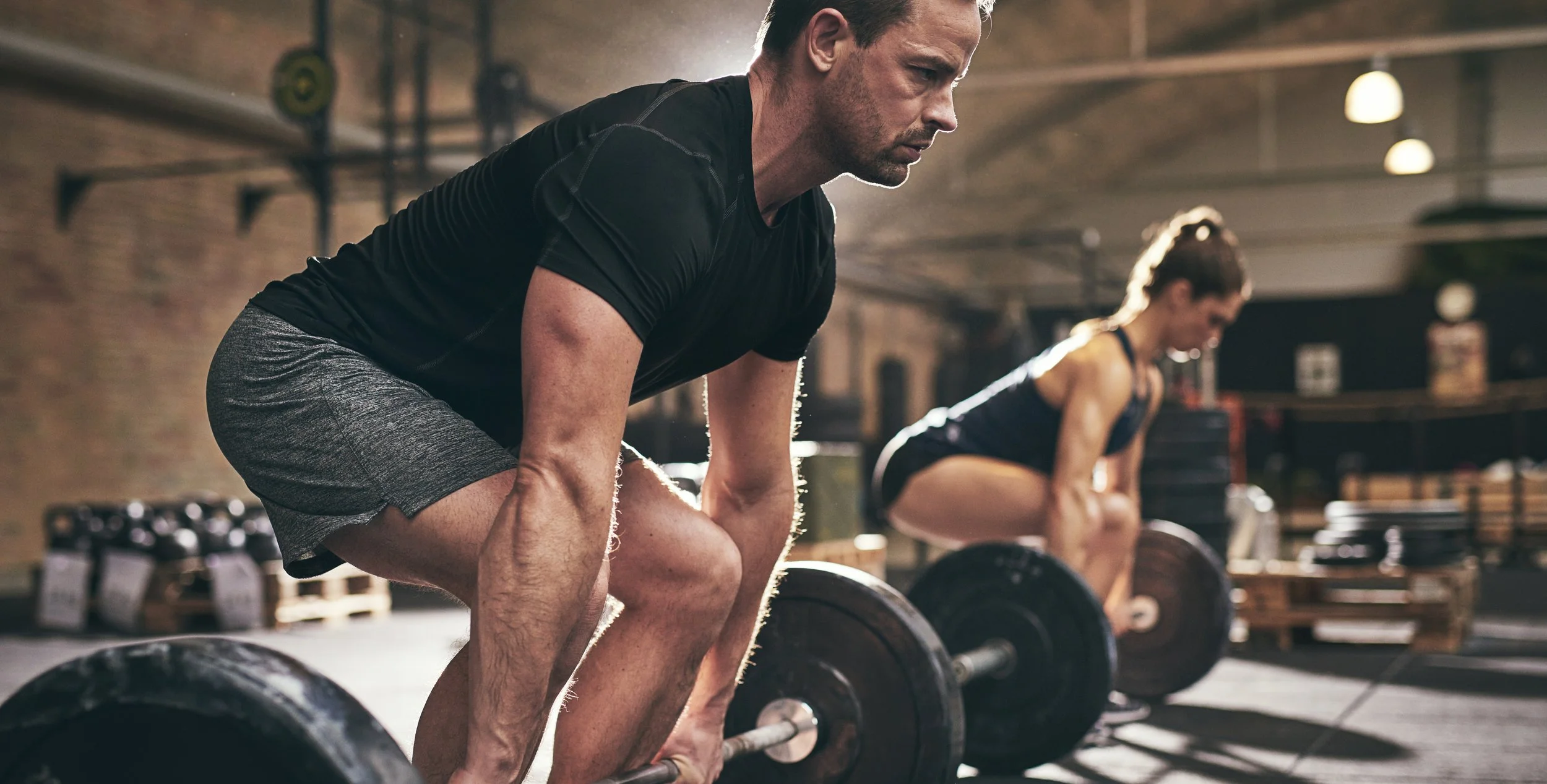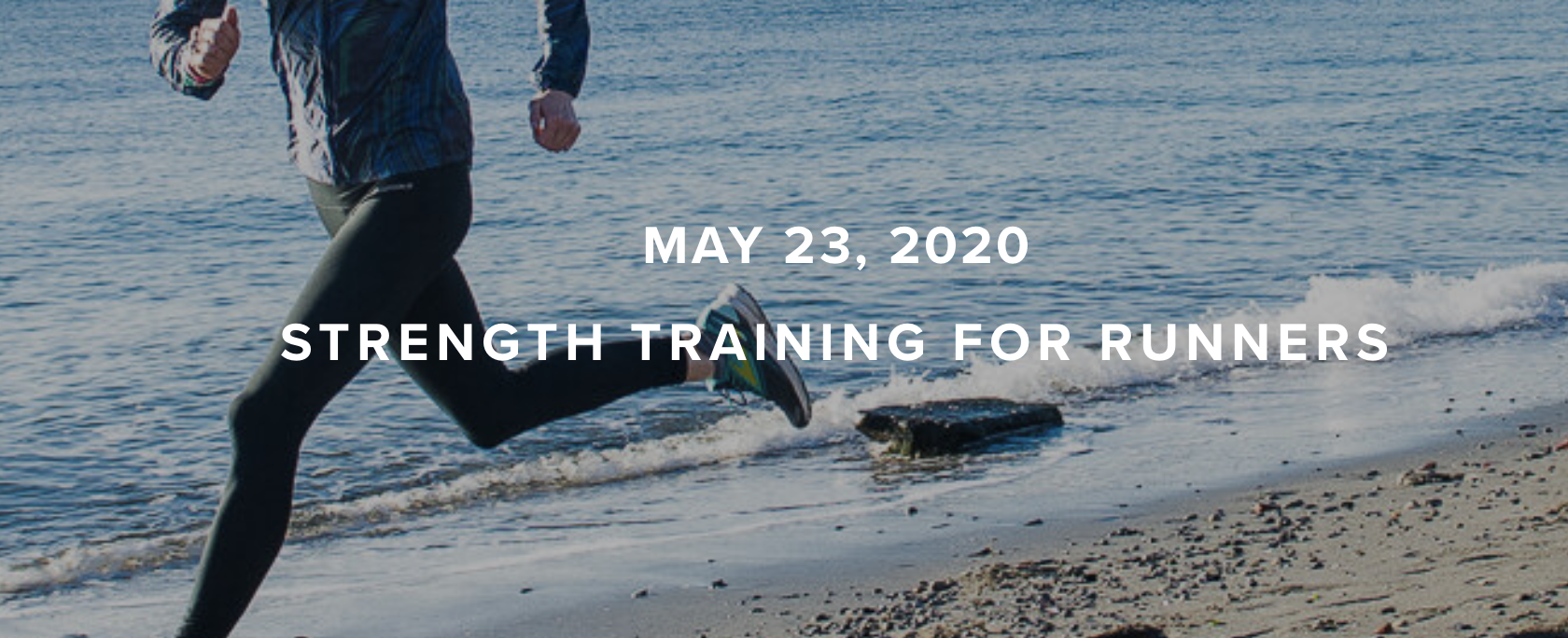Why Deadlifts Are Great:
A Physical Therapist Perspective
If you have ever spent time around a gym you have likely seen people of all skill levels performing a deadlift. I have often worked with individuals who are eager to start compound exercises but are intimidated by the complexity or nature of a “large” lift. The purpose of this article is to provide the novice weight lifter with the basics behind of one of nature’s most fundamental movements. It will expose you to the ins and outs of a tried and true exercise that has been around since the start of physical fitness.
What are Compound Exercises?
Dead lifts are considered a compound exercise, meaning they involve the use of multiple, large muscle groups. They can be excellent for improving strength, power, and improving lean muscle mass. Due to the involvement of multiple body areas they are also excellent for increasing heart rate and can be ideal for a cardiovascular focused weight circuits. There are only a handful of activities that train both upper and lower body at the same time and I would argue that deadlifting can provide you with more bang for your buck than most other exercises.
The Basics of a Deadlift:
Deadlifts are widely known as one of the “Core” lifts along with squats and bench pressing. It involves the use of the leg muscles, butt, core and the back. There are many variations of deadlifts but for the purpose of this article I will be discussing the basic, shoulder-width stance of a standard deadlift.
The muscles of the leg that are trained during a deadlift are primarily the quadriceps and hamstrings. The hamstrings work to extend the hips and pull you from the lowest point of the lift. The quadriceps contracts as you straighten your knees to stand up from the crouched position.
All three butt muscles are activated during a deadlift, however gluteus maximus is the work horse of the trio. Gluteus maximus works in conjunction with the hamstrings to extend your hip and bring you out of the bent over position. Gluteus medius and minimus are also activated during the lift but primarily serve as stabilizers of the hips and knees as they assist gluteus maximus.
The primary back muscle involved in a deadlift is erector spinae. This group of muscles includes liocostalis, longissimus and spinalis and is the large, rope-like structure that runs directly along either side of the spine. Its primary job is to extend the torso and help bring you upright during the lift.
The core musculature is also required to activate during a deadlift in order to protect the spine. The abdominal muscles contract to provide a natural increase in pressure around the low back. This increase in pressure acts like a corset and helps keep the vertebrae stable. Without adequate core contraction during a deadlift your back can be at increased risk for injury (for more information on the core musculature and on weight lifting belts see the LWPT weight lifting page).
Basic Tips On How To Deadlift:
1) Approach the bar with your feet approximately hip width apart and facing forward. Utilizing a hip hinge, bend at the waist and place your hands shoulder width apart along the bar (usually in an alternating grip).
2) Lower your hips down, bending at the knees while keeping your back flat in a neutral position. Your shins should be close to, or in contact with the bar. Keeping your core engaged and your chest upright, drive through your heels as you pull the weight upward.
3) As the bar elevates it should run along your shin and you should keep your shoulder blades retracted as you engage the gluteals. Drive your hips forward into the bar as you stand up tall.
Bottom Line on Deadlifts:
I would argue that deadlifts should be included in everyone’s fitness routine unless hindered by medical pathology. How many other lifts can you think of that train both sides of the legs, the butt, the core and the back all at the same time?! The motion of bending over and picking something up is an action that all humans must perform and knowing how to do so correctly is about as “functional” as lifting gets. Just because you are doing a deadlift does not mean you have to be grunting and screaming as you struggle to get a one rep maximum. You can perform a deadlift with a barbell, kettle bell, trap bar or dumbbell. You can vary the height at which you lift the object from and you can use heavy weights for strength training or light weights to practice body mechanics.
Overall, I hope this article helps spark your fitness fire and convinces you to go out and start deadlifting. As always, before starting any strenuous physical activity I recommend receiving assessment from a trained medical professional such as a physical therapist or doctor. Additionally, I would recommend investing the time and effort into having someone correctly teach you the form of a deadlift prior to attempting it on your own.
Side Notes: Deadlift Variations
1) Sumo Dead Lift: A sumo style lift, with the legs spread wide apart. This deadlift increases the activity of the quadriceps and gluteus maximus when compared to a traditional technique that heavily utilizes the hamstrings.
2) Romanian Dead Lift: With a narrow stance, the Romanian deadlift involves hip hinging until the bar is approximately half way down your shin and helps to emphasize the use of the hamstrings.
3) Straight Leg Dead Lift: The straight leg deadlift is geared to focus the intensity on the hamstrings and gluteals and is often used interchangeably with a Romanian deadlift.










